All posts by Fanny Griesmer
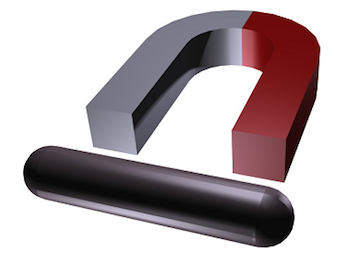
Quick Intro to Permanent Magnet Modeling
I’ve written several blog entries involving permanent magnets, in one way or another. Reading those may have raised the question “what about a more simple introduction to permanent magnet simulations?” Fair enough, here’s how to model a permanent magnet and its surrounding magnetic field.
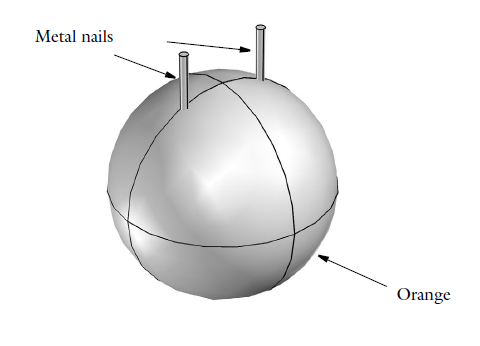
Learn How to Model Electrochemistry with an Orange Battery Tutorial
Did your chemistry teacher use an orange or lemon to demonstrate the concept of a battery, back in the day? You might remember how she magically produced electricity by sticking a couple of metal nails into the citrus fruit, as the whole class watched in awe. What if we now used simulation tools to demonstrate how an orange battery works, and then use that as an intro to electrochemistry modeling?

3D Printed Cloaking Device in a Matter of Hours
It’s been almost a year since we declared 3D printing the hottest topic in manufacturing, and it hasn’t cooled off yet. If anything, 3D printing has seen a recent surge in popularity. By now you’ve heard a lot about the technology and what you can print with it, but did you know you could print invisibility cloaks this way, too?

This Just In: COMSOL Multiphysics 4.3b
We’ve been dropping hints for the past few weeks here on the blog, and the time has finally come when we can officially unveil the release of COMSOL Multiphysics 4.3b. Five new products extend our product suite, and there are plenty of new features to enhance your simulation experience. The latest version of COMSOL Multiphysics is here, and you do not want to miss out on the news.
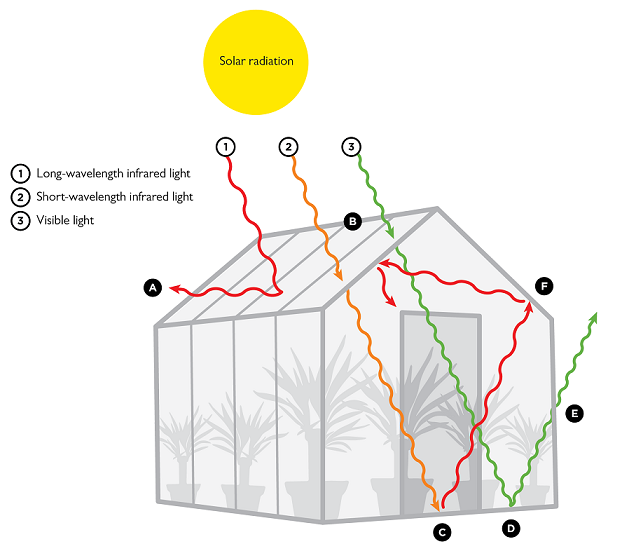
The Greenhouse Effect
Given the title of this blog post you might expect it to be about global warming, and I won’t blame you for it; greenhouse effect has become another popular term used when debating climate change. However, its original and literal meaning refers to a very different process, in particular when it comes to heat retention. Here we will describe the effect of heating up an actual greenhouse and suggest steps for optimizing its design.
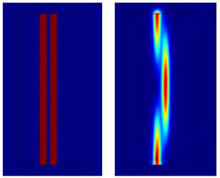
Wave Optics, to Approximate or Not?
Engineers working with lasers, optical fibers and waveguides, nonlinear optical processes, metamaterials, and other large photonic devices ultimately deal with wave optics. Photonic devices are considered “large” when they are larger than a wavelength of light. In that case, you deal with optics frequencies as opposed to radio frequencies, and the device is not complex enough to justify approximating with rays.
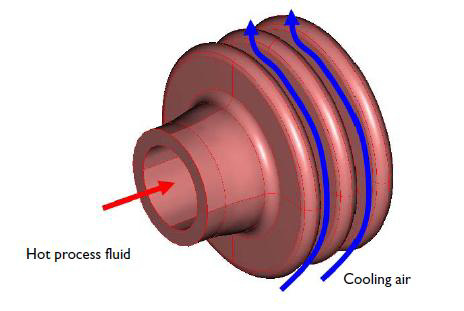
Cooling Flange Performance Analysis
Chemical reaction fluids can be cooled using glass flanges. The reaction fluid is passed through the flange and the air surrounding the flange then serves as the coolant. Engineers looking to optimize the cooling performance of such flanges can look to simulation for help.

The Graphene Revolution: Part 3
Everyone’s talking about graphene right now. When was the last time a material received this much attention? Sure, other materials have peaked our interest before, but when something breaks into more mainstream news you know it’s going to be a very big deal.
